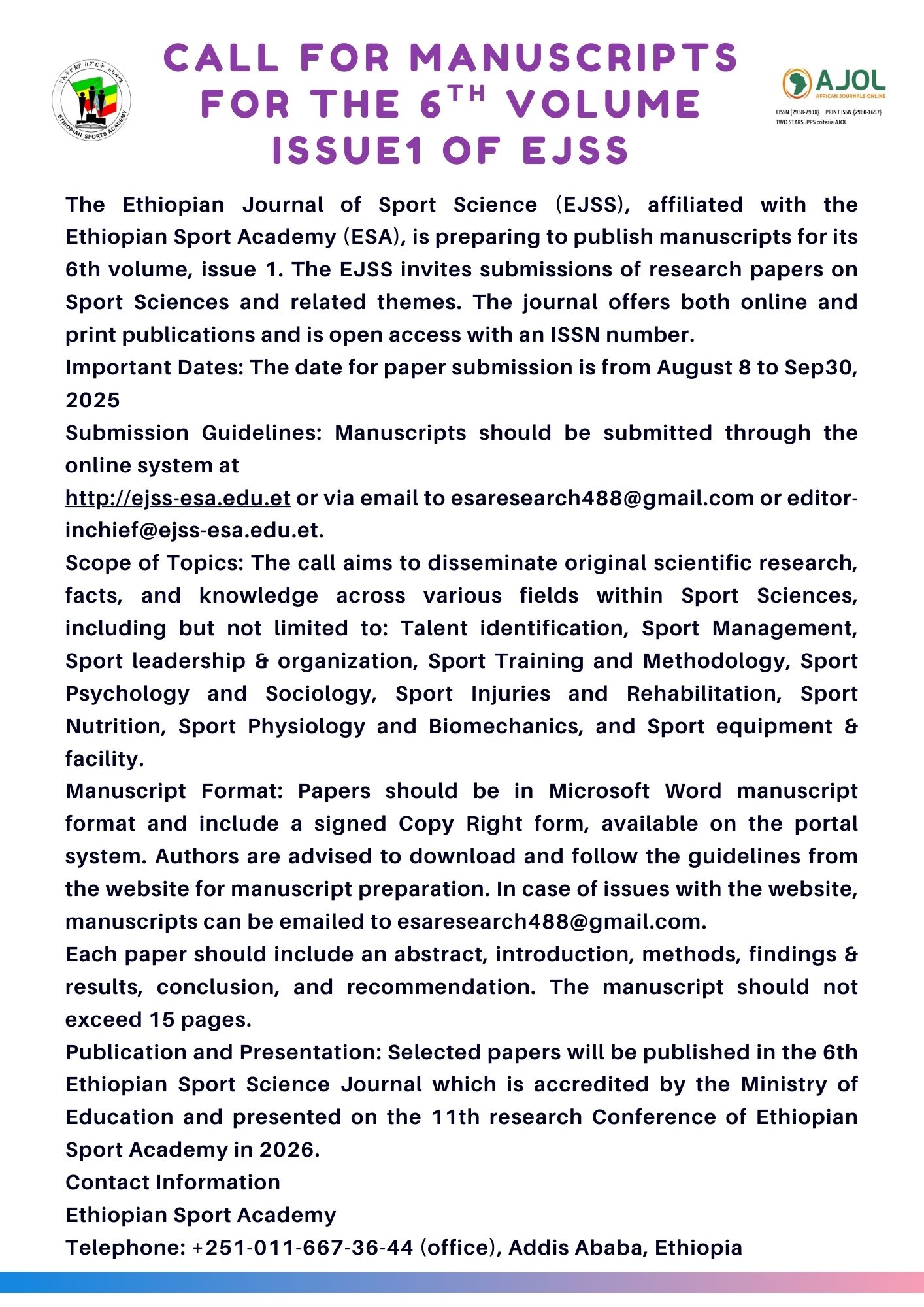Effectiveness of Recovery Modalities on Removal rate of Blood Lactate Which is induced from Maximal All out Exercise In selected young male sports person
Keywords:
Lactic acid, muscle cramp, fatigue, Maximal all out exerciseAbstract
Background: It is a common practice to apply different modalities such as massage, passive and active recovery in between and at the end of sport competition to maintain and maximize athletes sport performance. However; the effectiveness of different recovery modalities from lactic acid accumulation which is induced by a high intensity exercise is debatable or is not well known. Purpose: Lactic acid is responsible for fatigue or muscle ‘cramp’ especially after highly intense anaerobic activities and as a result, it lower athletes’ performance. Thus, the aim of this study was to investigate the rate of recovery of massage, passive and active recovery on blood lactate removal after maximal all out exercise.
Methods: At first fifty-two [52] young male physically fit sports person were purposely selected; however, among those only twenty-four [24] athletes from various sport discipline were found Similar physical and physiological transients in India Sport Authority of Netaji Subhs National Institute of Sport [NIS] Punjab, Patiala. All subjects visited the exercise physiology laboratory in the morning two days before the start of exercise. Using randomization sampling techniques, the 24 Subjects were sub-grouped in to three different categories of 8 athletes in each. All groups were subjected to Maximal all out exercise test on a bicycle Ergometer for 2 continuous Minutes on different days. From each athlete 25 µl of Blood sample was taken following High intensity exercise and then to determine the effectiveness of the modalities the Blood lactate concentration was measured and analyzed by lactate analyzer apparatus after the intervention of the recovery modalities from each athlete. Results: The rate of blood lactate (BL) disappearance is greater in those groups who received active recovery modalities which has a p-value of (P <0.05). However; significant blood lactate reduction was not obtained in either passive or massage treatment groups which has a p-value of (P > 0.05).





